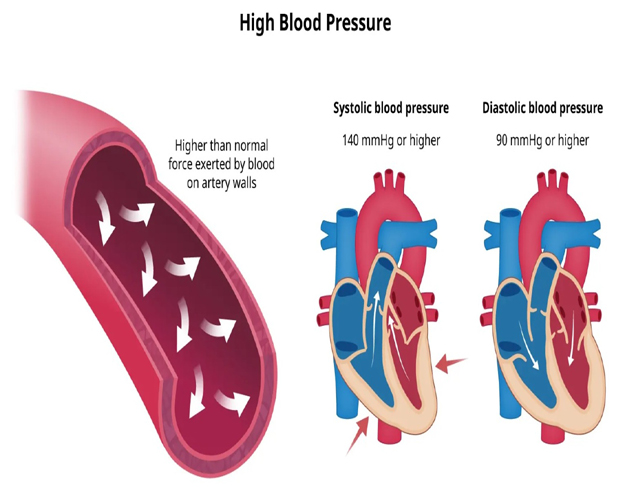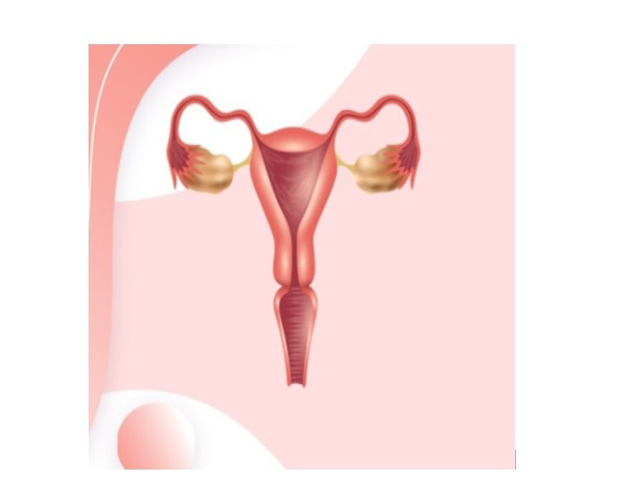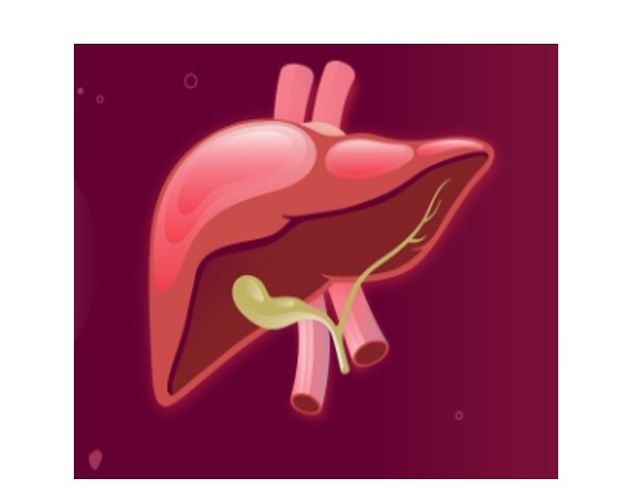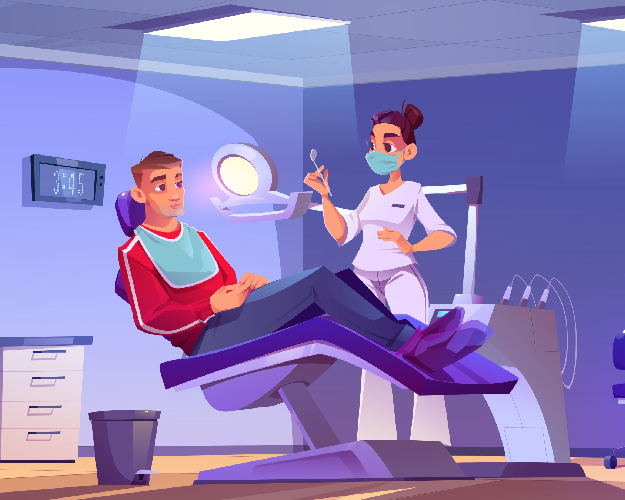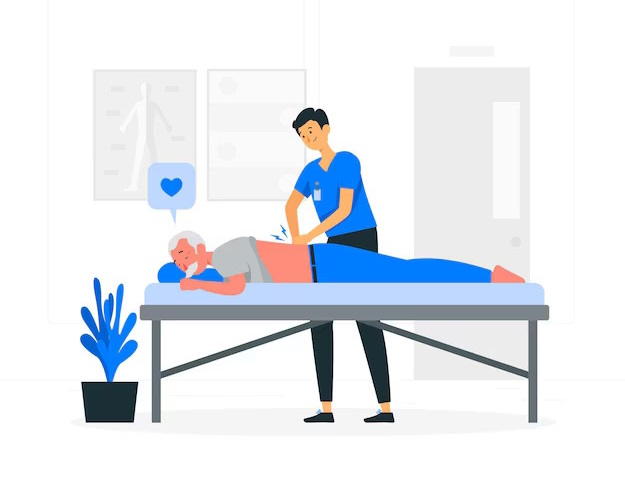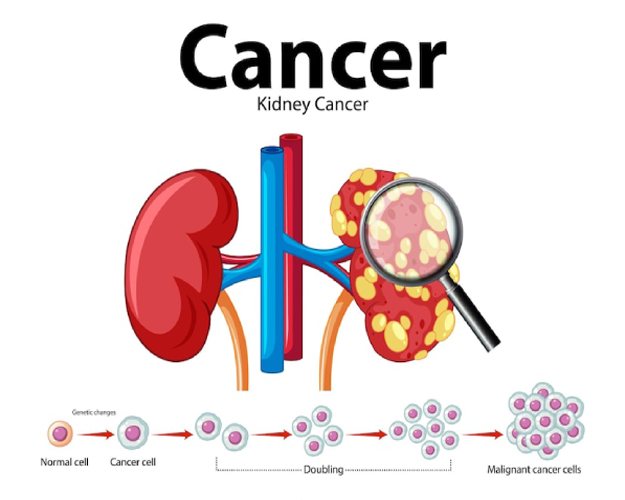
Radiology: How It Helps Detect, Diagnose, and Heal
Radiology is now one of the most important specialities of medicine in the contemporary world in assisting physicians to detect, diagnose, and treat different diseases. Since the discovery of the X-ray image more than 100 years ago, up to the present sophisticated imaging systems, radiology has transformed the healthcare system to give a better understanding of the human body without necessarily performing any invasive surgery. We are proud to provide state-of-the-art Radiology services in Gwalior at ITM Hospital and Research Centre, equipped with the latest equipment and professional radiologists to deliver accurate diagnoses and effective treatment planning.
Understanding Radiology
Radiology is a branch of medicine that involves the application of imaging technologies in the visualisation of the internal organs. It is a key contributor to the diagnosis of diseases, surveillance of diseases and the management of diseases. Radiologists can obtain detailed images of organs, bones, blood vessels, and soft tissues with the help of imaging modalities such as X-rays, CT scans, MRI, ultrasound, and mammography.
Radiology is also not confined to detection; it also has aspects of interventional procedures, where the procedure is performed under imaging to minimise major surgeries and thus make the procedure less invasive.
Types of Radiology
Broadly, radiology would fall into two broad categories:
1. Diagnostic Radiology
Diagnostic radiology deals with the taking of body images with the aim of showing abnormalities and confirming diagnosis. The well-known imaging methods are:
a. X-rays: Ideal to detect bone fractures, infection or tumour.
b. Computed Tomography (CT) Scans: Give the images of the organs cross-sectionally, and they are commonly employed in cases of trauma, to detect cancers and internal bleeding.
c. Magnetic Resonance Imaging (MRI): It provides high-resolution images of such soft tissues as the brain, spinal cord, joints and muscles.
d. Ultrasound: It is a radiation-free and safe method that is commonly used in the scanning of pregnancies, abdominal scans, and biopsy guidance.
e. Mammography: This is a specialised imaging with early detection of breast cancer.
2. Interventional Radiology
Interventional radiology is a medical area where imaging direction is employed to carry out the procedures that are minimally invasive. Examples include:
a. Angiography: To examine the blood vessels to identify clogs.
b. Biopsies: Accurate ultrasound-guided needle biopsies or CT-guided needle biopsies (FNAC).
c. Drainage procedures: To debride the fluid collections or abscesses.
d. Stent placement and angioplasty: To dilate constricted blood vessels.
This branch is not only used in diagnosis, but it also offers treatment alternatives that have shorter recovery durations and reduced complications than conventional surgeries.
Radiology and Its Significance in Contemporary Healthcare
It is commonly stated that radiology is the eyes of medicine, as it lets doctors see what would not be detected using only physical examinations. Radiology has made some of the following contributions:
1. Early Disease Detection: It is possible to detect healthcare issues such as cancer, heart disease, or stroke during their early phase by means of imaging.
2. Accurate Diagnosis: Radiology eradicates guesses and makes the visual identification of diseases apparent.
3. Treatment Planning: Surgeons and oncologists use imaging when planning a complicated procedure or radiation therapy.
4. Monitoring Progress: Imaging assists in controlling the treatment response of a patient.
5. Preventive Care: Regular screenings such as mammograms and bone density scans prevent severe complications.
Radiology at ITM Hospital and Research Centre, Gwalior
At ITM Hospital, we understand that precision in diagnosis is the cornerstone of effective treatment. Our Radiology department in Gwalior possesses the state-of-the-art imaging facilities in the form of:
1. 128-slice CT scan for high-resolution cross-sectional imaging.
2. Digital X-ray systems for quick and precise results.
3. High-frequency ultrasound machines for accurate soft tissue imaging.
We are not alone in having better infrastructure, but also having well-trained radiologists and technicians who will not only provide safety, comfort, and proper reporting of the patients.
How Radiology Helps Detect, Diagnose, and Heal
Detect
Radiology enables the detection of health problems prior to them becoming life-threatening. As an example, a lung nodule detected in an X-ray of the chest may result in the early detection of lung cancer. In the same way, internal bleeding, which is not apparent on a physical examination, can be observed with the help of a CT scan.
Diagnose
Imaging is significant in the diagnosis of the specific condition once the abnormalities are detected. It is possible to identify brain tumours using MRI scans and diagnose gallstones or kidney diseases using ultrasounds. This specific diagnosis assists the doctors in designing a specific treatment regimen.
Heal
Interventional radiology ensures that healing is achievable, with radiologists being directly involved in the treatment of patients. Radiology contributes to quicker recovery and improved outcomes, whether it comes to draining of the abscesses or the stents in the blocked arteries.
Patient Safety in Radiology
Patient safety is the priority at ITM Hospital. Our imaging technologies are up to date and reduce the amount of radiation emitted, but provide high-quality images. Children, pregnant women, and elderly people are treated with special attention to eliminate unnecessary risks. Every procedure is a medical supervision, according to the international safety standards.
Why Choose ITM Hospital for Radiology in Gwalior?
1. Comprehensive Imaging Services: Covering everything from simple X-rays to advanced MRI and interventional radiology.
2. Expert Team: Experienced radiologists who collaborate with other specialists for integrated care.
3. 24/7 Availability: Round-the-clock imaging services for emergencies and critical care.
5. Advanced Technology: Cutting-edge equipment, including 128-slice cardiac CT for faster, more accurate results.
6. Patient-Centred Care: Comfortable environment and compassionate staff ensuring a stress-free experience.
Conclusion
Radiology is now an inseparable component of the contemporary healthcare system that allows closing the gap between a suspicion and a guarantee, between disease and healing. Radiology is indeed a life-saving factor by facilitating the quick identification, accurate diagnosis, and minimally invasive intervention.
The mission of ITM Hospital and Research Centre is to deliver the best possible care to every patient by being an innovative, skilled, and caring institution in Radiology in Gwalior.
Frequently Asked Questions (FAQs)
Q1. What is radiology used for?
Radiology tests are applied to identify, diagnose, and occasionally treat health conditions through imaging methods such as X-rays, CT scans, MRI, and ultrasound.
Q2. Is radiology safe?
Yes, radiology is much safer today due to the reduction of the radiation dose, and the processes are carried out in full compliance with safety regulations. Ultrasound and MRI are non-radiation methods that are entirely safe.
Q3. What is interventional radiology?
Interventional radiology is an imaging-based field that is used to direct the least invasive procedures, such as biopsies, angioplasty, and stent placement. It eliminates the necessity of an open operation, and it improves recovery.
Q4. How should I prepare for a radiology test?
The kind of scan is determined by the preparation. Others might involve fasting, and others may imply the use of contrast material. Our radiology staff gives elaborate guidelines before every operation.
Q5. Why choose ITM Hospital for Radiology in Gwalior?
ITM Hospital has the best radiology services in Gwalior because it provides state-of-the-art imaging equipment, qualified radiologists, 24/hours and patient-centred care.

